Description
Description
Double Gauze is a soft, breathable, and lightweight fabric. To find out more about Double Gauze, scroll below and read our fact file.
Fabric Width: 135cm
Composition: 100% Cotton
Weight: 125gsm
Washing Instructions: Machine wash 30. Line dry.
All quantities will be cut as a continuous length – i.e ordering a half metre and a quarter metre will mean you receive a continuous 75cm piece.
Additional information
Additional information
| Fabric Type | Double Gauze |
|---|---|
| Fibre | Cotton, Natural Fibres |
| Fabric Weight | Medium |
| Construction | Woven |
Reviews (0)
You must be logged in to post a review.
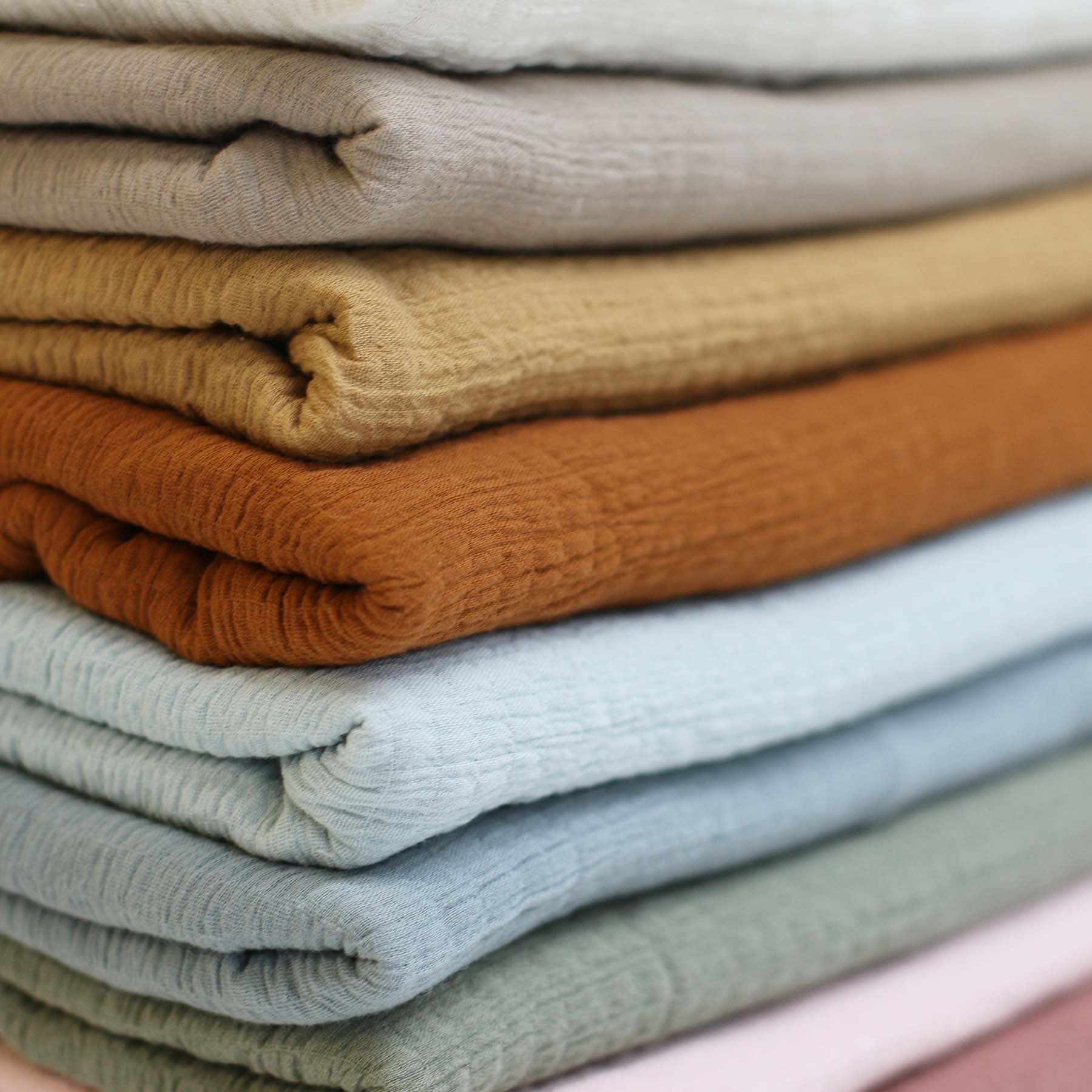
All About Double Gauze
Double (or even Triple) gauze is a unique and delicate material made from two thin layers of gauze woven together at intervals. This creates a lightweight, airy fabric with a soft, slightly crinkled texture. Known for its breathability and softness, double gauze is renowned for making baby clothes, swaddle blankets, summer dresses, and loose-fitting tops. It’s perfect for warm-weather garments and projects where comfort is key. Most of the time, double gauze is made from cotton, and we love it!
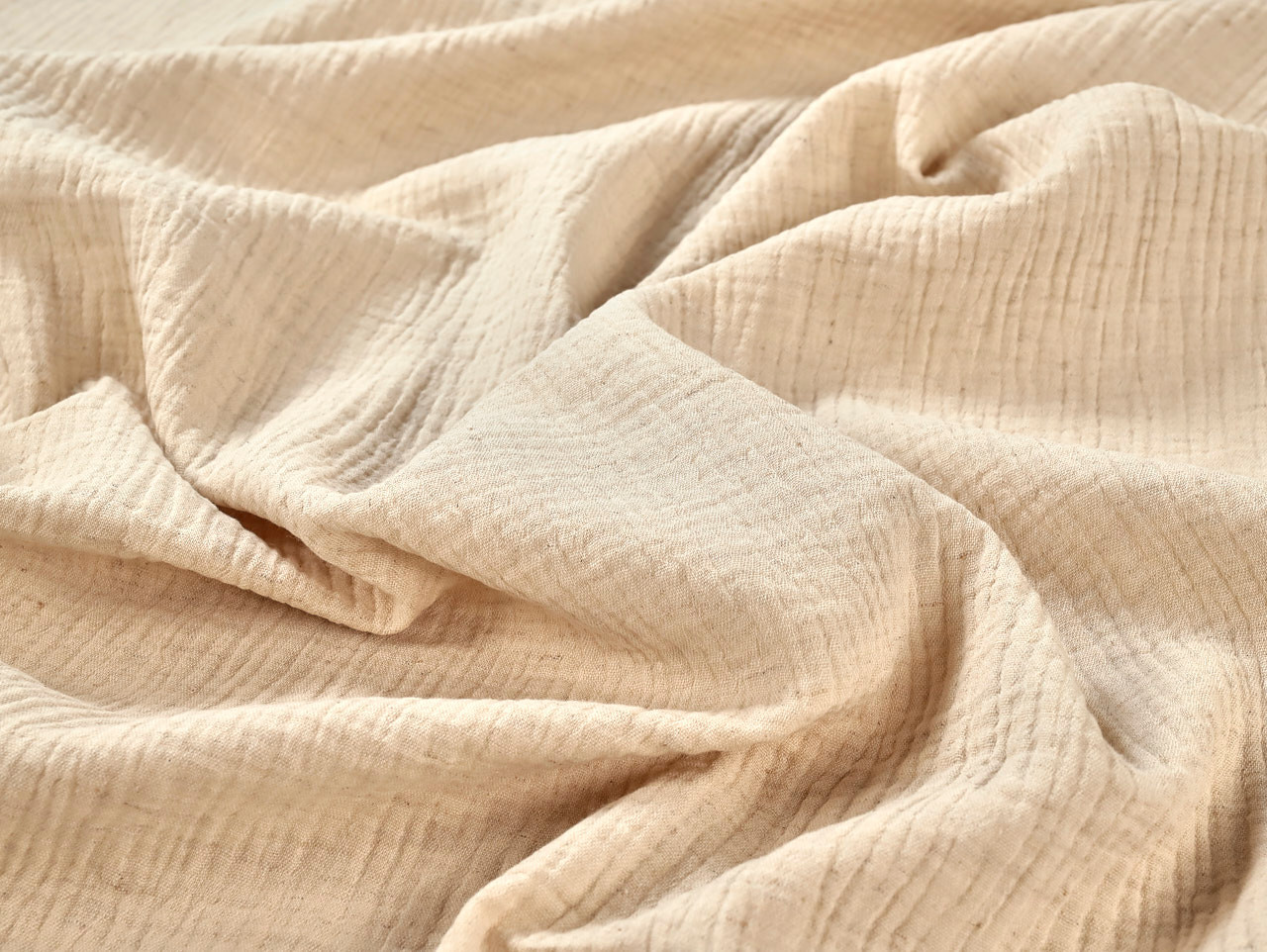
How to Wash & Store
Double gauze is easy to care for, but gentle washing is essential to maintain its softness and crinkled texture.
- Washing: Machine wash double gauze in cold water on a gentle cycle. Use a mild detergent to preserve the fabric’s softness, and avoid bleach or fabric softeners, which can damage the delicate fibres. Washing in a mesh laundry bag can help prevent the fabric from getting stretched or distorted.
- Drying: Air drying is best for double gauze to maintain its crinkled texture. If using a dryer, select a low heat setting and remove the fabric while it is still slightly damp to prevent over-drying, which can cause the fabric to stiffen. Lay flat to finish drying if necessary.
- Storage: Store double gauze garments folded in a cool, dry place to prevent stretching. Avoid hanging, as the weight of the fabric can cause it to stretch out of shape, especially at the shoulders. If hanging is necessary, use padded hangers to support the fabric gently.
- Ironing: Double gauze naturally has a crinkled texture, so ironing is usually unnecessary. If you prefer a smoother finish, iron on a low heat setting with steam and use a pressing cloth to prevent flattening the texture. Be cautious not to over-iron, as the fabric can lose its characteristic crinkle.
- Pilling Prevention: Double gauze is less prone to pilling than other fabrics. To keep it looking fresh, wash it inside out and avoid rough surfaces. We wouldn’t recommend using a fabric comb in case you pull the stitches that give the fabric its signature texture.
- Preparing Double Gauze for Stitching
- Use the Right Tools and Notions
- Tips for Handling Double Gauze
Fray Prevention:
Double gauze is prone to fraying, or both layers of fabric will be exposed along the cut, so finishing seams is essential. Options include using a French seam for a clean, enclosed finish or overlocking the edges to prevent fraying. A zigzag stitch along the seam allowance can also secure the edges.
Pressing Seams:
Double gauze is delicate, so use a steam iron on low to medium heat. Press seams gently and avoid using too much pressure, which can flatten the fabric’s natural crinkle. A pressing cloth can help protect the fabric from direct heat.
Consider Drape and Fit:
Double gauze has a soft, airy drape, making it ideal for loose, flowing garments like dresses, blouses, and skirts. Patterns with a relaxed fit work best, as the fabric’s lightness and texture may not suit very structured or fitted designs.
Sharp Tools:
Use sharp cutting tools, as dull scissors or rotary cutters can snag the fabric, leading to uneven cuts and fraying.
Needles:
A universal needle, size 70/10 or 80/12, is ideal for double gauze. These needles are sharp enough to penetrate the fabric without causing snags or skipped stitches.
Thread:
Use a high-quality cotton or polyester thread. Polyester thread is often preferred for its strength and slight give, which helps to accommodate the fabric’s soft, slightly stretchy nature.
Presser Foot:
A standard presser foot works well with double gauze, but if the fabric is prone to shifting or bunching, consider using a walking foot to keep the layers moving smoothly through the machine.
Pre-Washing:
Some people recommend pre-washing double gauze, but this is a matter of personal preference. You might choose to pre-wash to avoid any surprises with shrinkage or bunching of the fabric, but the aftercare of your garment is most important.
Press:
Pressing double gauze before sewing is crucial for several reasons: it helps to flatten the fabric for accurate cutting and sewing, makes the fabric easier to handle, and can impact the final fit and look of the garment. While the crinkles will return after washing, pressing before sewing allows for easier manipulation and a more predictable outcome during the construction process.
Pinning and Cutting:
Use sharp, fine pins or fabric clips to hold the fabric layers together. Be careful not to distort the fabric when pinning, as double gauze can stretch out of shape. Make sure your tools are sharp.
Sarah's Pattern Picks
Join the Luna Lapin & Friends community
Join us and we’ll send you regular updates from Luna’s world, with information about new products, making guides, and CoolCrafting news.

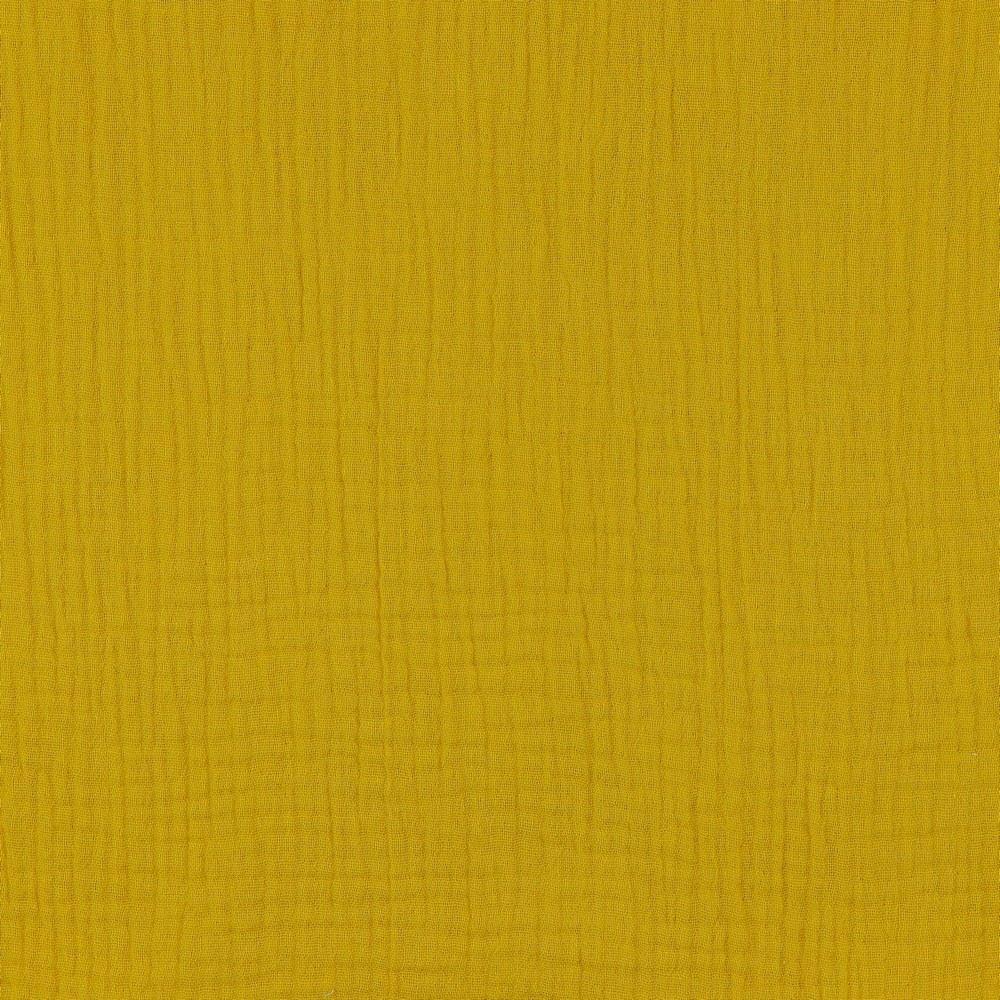
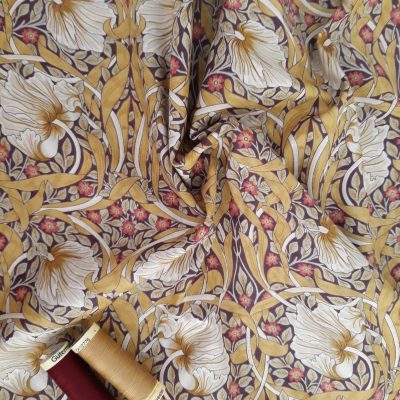
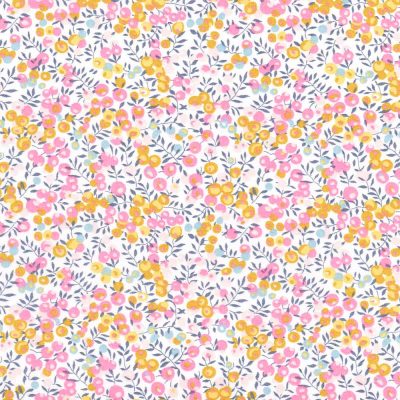
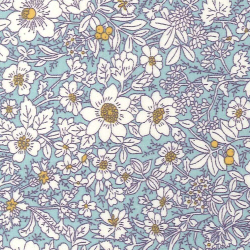
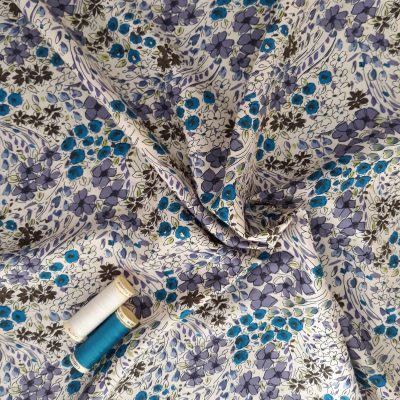
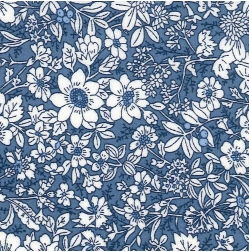
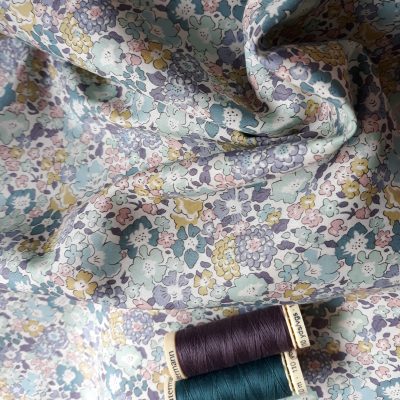



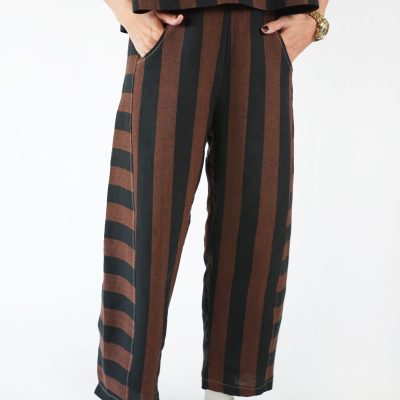

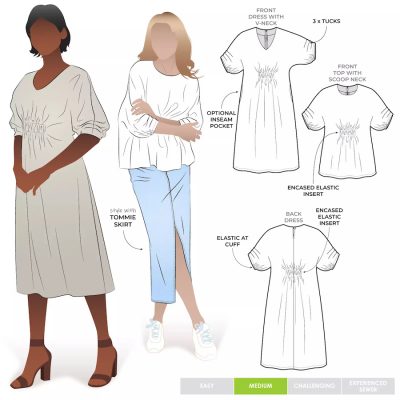

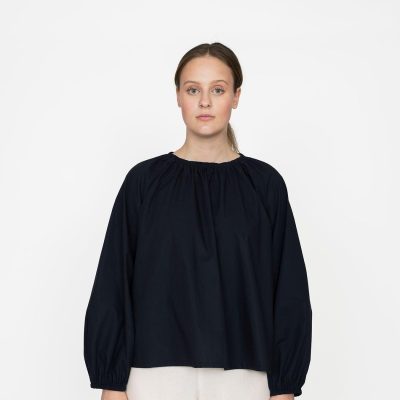
Reviews
There are no reviews yet.